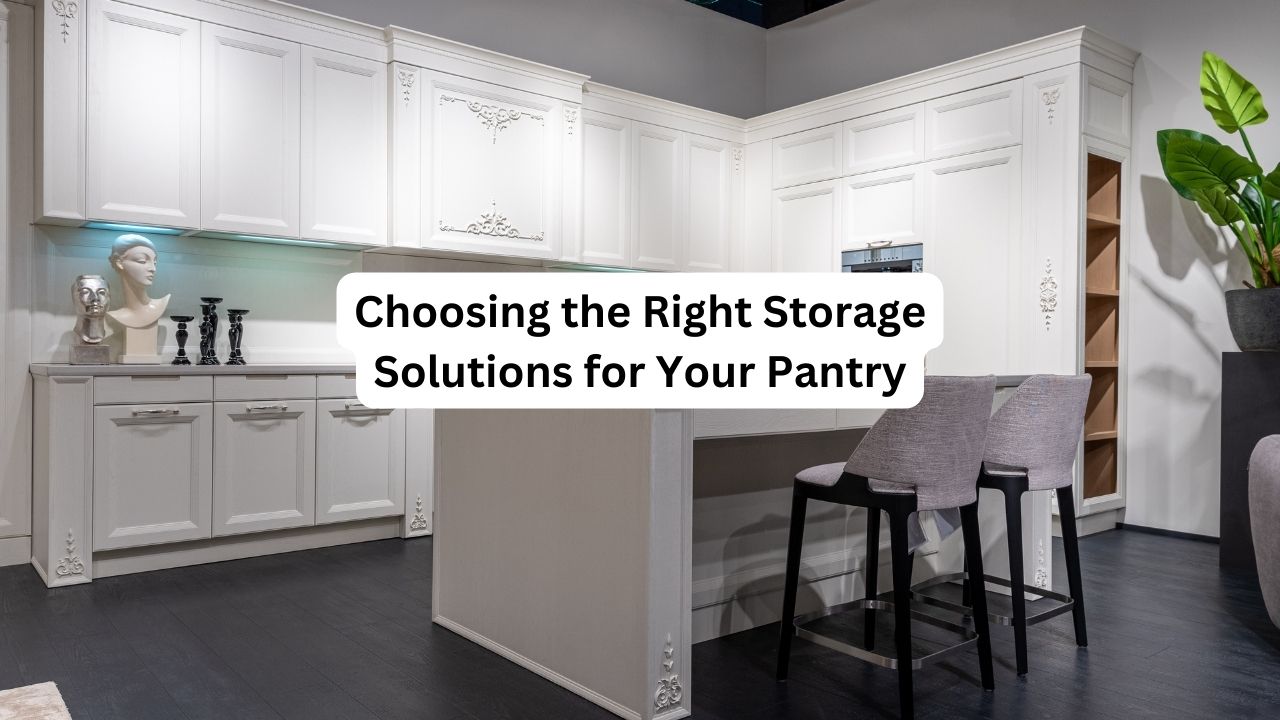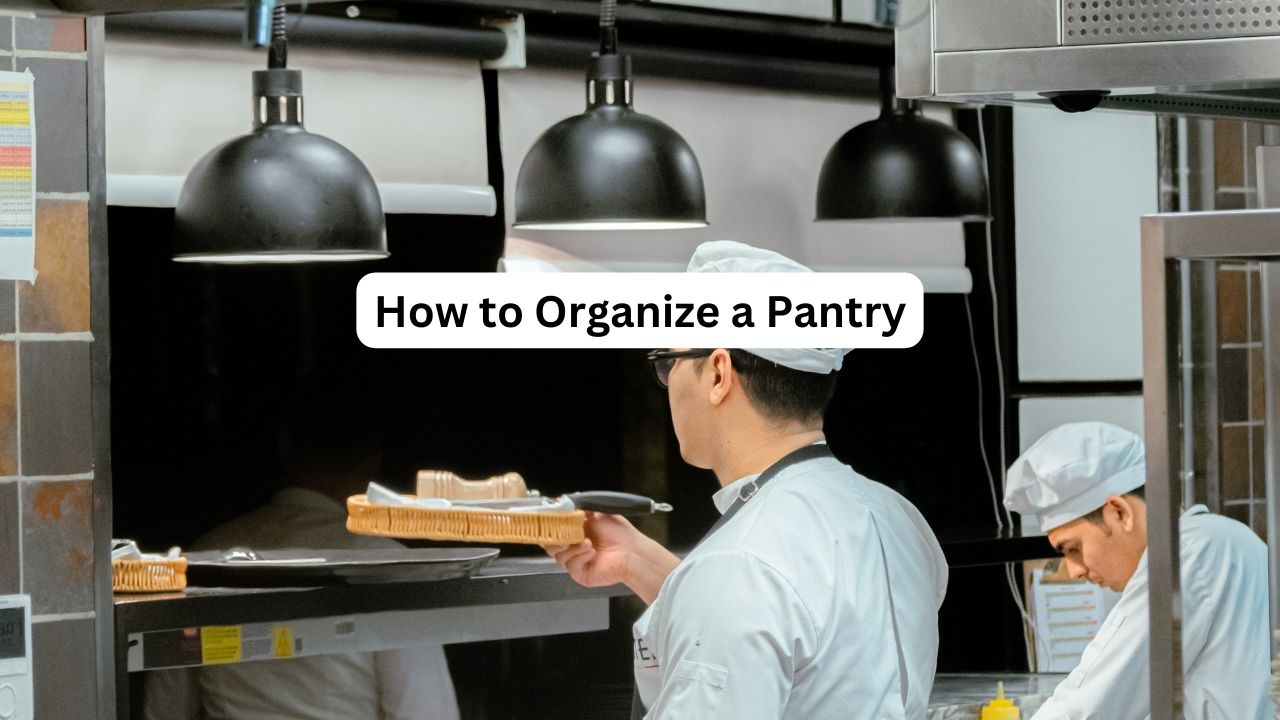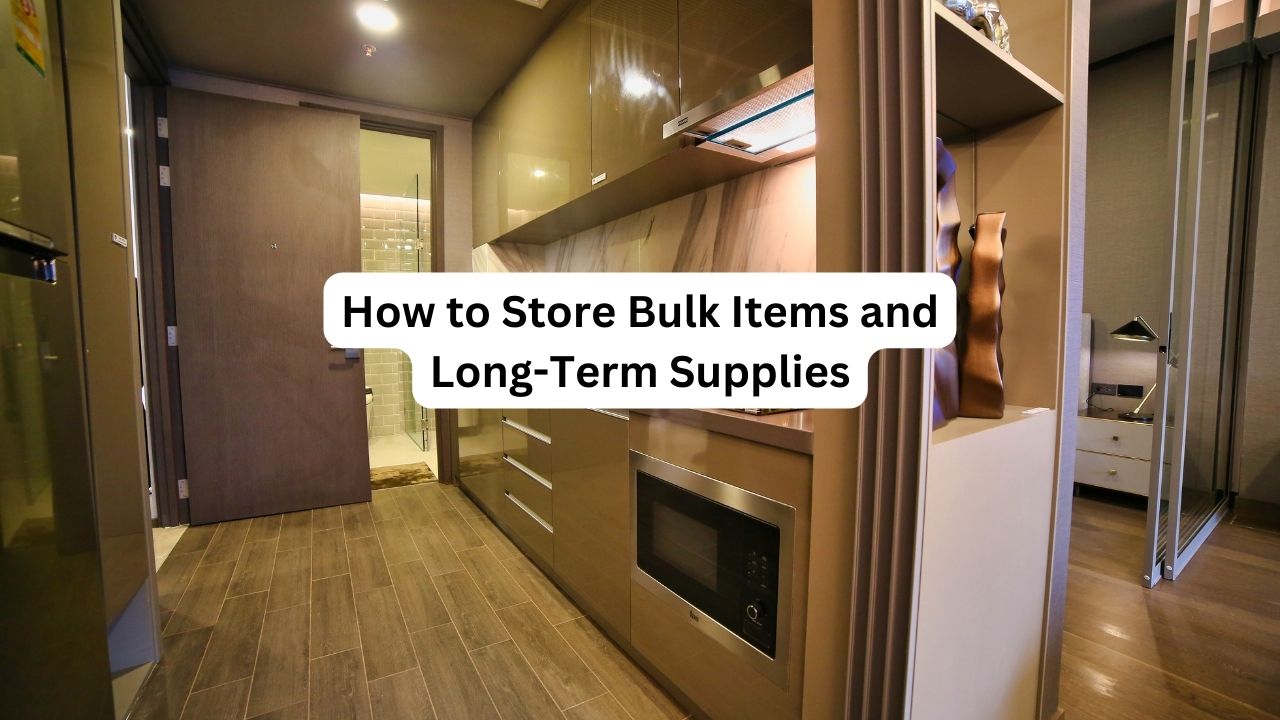When it comes to organizing your pantry, choosing the right storage solutions is essential. A well-organized pantry not only makes it easier to find and access your ingredients, but it also helps to keep your food items fresh for longer periods of time. With a variety of storage solutions available on the market, can be overwhelming to decide which ones are best for your pantry. Here, we will discuss some key factors to consider when choosing the right storage solutions for your pantry.
Space and Layout:
Before purchasing storage solutions for your pantry, it is important to assess the available space and layout. Consider the size and shape your pantry shelves, as well as any existing storage containers or bins that you may already have. This will help you determine the types and sizes of storage solutions that will fit best in your pantry.
Material and Durability:
When selecting storage solutions for your pantry, it is important to choose containers that are made of high-quality, durable materials. Look for containers that are BPA-free and food-safe, as well as ones that are easy to clean and maintain. Glass or plastic containers with airtight seals are ideal for storing dry goods such as grains, cereals, and pasta, while wire or mesh baskets are great for organizing fruits and vegetables.
Accessibility and Visibility:
Another important factor to consider when choosing storage solutions for your pantry is accessibility and visibility. Opt for containers that are easy to open and close, and that allow you to see the contents inside without having to open them. Clear storage containers are great for items such as spices, nuts, and dried fruits, as they allow you to easily identify and access your ingredients.
Versatility and Flexibility:
When selecting storage solutions for your pantry, consider the versatility and flexibility of the containers. Look for containers that can be easily stacked or nested to maximize space, as well as ones that can be used for multiple purposes. For example, a set of stackable storage bins can be used to organize snacks, baking supplies, or canned goods, making them a versatile and practical option for your pantry.
Budget and Aesthetics:
Finally, consider your budget and the overall aesthetic of your pantry when choosing storage solutions. While it may be tempting to splurge on fancy storage containers, it is important to prioritize functionality and practicality. Look for affordable options that meet your storage needs, while also complementing the design and style of your pantry. With a little bit of planning and research, you can find the perfect storage solutions that will help you create a well-organized and efficient pantry space.
FAQ: Choosing the Right Storage Solutions for Your Pantry
Q1: What are the benefits of using clear containers for pantry storage?
A1: Clear containers offer several benefits:
- Visibility: You can easily see the contents, making it simple to identify what you have and what you need to restock.
- Organization: Clear containers provide a uniform look, which helps keep your pantry looking neat and organized.
- Freshness: Many clear containers are airtight, which helps keep food fresh for longer periods.
Q2: How do I decide which size containers to use?
A2: The size of containers you need depends on the types of items you store:
- Large Containers: Ideal for bulk items like flour, rice, and cereal.
- Medium Containers: Suitable for snacks, pasta, and baking supplies.
- Small Containers: Perfect for spices, nuts, and seeds. Assess your pantry items and choose container sizes that match the quantities you typically store.
Q3: What are some space-saving solutions for small pantries?
A3: For small pantries, consider these space-saving solutions:
- Stackable Bins: These bins maximize vertical space and are great for storing snacks, cans, and other packaged goods.
- Lazy Susans: These rotating trays are ideal for storing spices, condiments, and oils, making them easily accessible.
- Door Organizers: Utilize the back of pantry doors with hanging organizers for additional storage space.
Q4: How can I effectively organize my pantry shelves?
A4: Organizing pantry shelves can be done efficiently by:
- Grouping Similar Items: Store similar items together, such as baking supplies, snacks, and canned goods.
- Using Labels: Label containers and shelves to identify contents and designated spots for each item.
- Rotating Stock: Place newer items at the back and older items at the front to ensure you use products before they expire.
Q5: What types of bins are best for pantry organization?
A5: The best bins for pantry organization include:
- Stackable Bins: Save space by stacking bins to utilize vertical storage.
- Wire Baskets: Ideal for storing produce like onions and potatoes, allowing air circulation.
- Plastic Bins: Durable and easy to clean, perfect for bulk items and snacks.
Q6: How do I keep track of expiration dates in my pantry?
A6: To keep track of expiration dates:
- Label Containers: Use labels to note expiration dates on containers.
- First-In, First-Out (FIFO) Method: Organize items so that older items are used first and newer items are placed behind them.
- Inventory List: Keep a running inventory list with expiration dates to help you stay on top of what needs to be used soon.
Q7: What are the advantages of using adjustable shelves in the pantry?
A7: Adjustable shelves offer several advantages:
- Customization: You can change the height of shelves to accommodate different sizes of items, maximizing space.
- Flexibility: Easily reconfigure shelves as your storage needs change over time.
- Optimization: Allows for efficient use of space by creating the perfect fit for various items.
Q8: How can I prevent my pantry from becoming cluttered again?
A8: Preventing pantry clutter involves:
- Regular Maintenance: Periodically review and reorganize your pantry to keep it tidy.
- Declutter: Remove items you no longer need or that have expired.
- Mindful Purchasing: Avoid buying items in bulk that you don’t have space for or won’t use in a reasonable timeframe.
Q9: Are there specific storage solutions for bulk items?
A9: Yes, specific storage solutions for bulk items include:
- Large Airtight Containers: Keep items like flour, sugar, and rice fresh.
- Heavy-Duty Bins: Durable bins that can hold large quantities and fit neatly on shelves.
- Bottom Shelves or Floor Storage: Store bulk items on lower shelves or the floor to ensure stability and easy access.
Q10: How can I make my pantry kid-friendly?
A10: To make your pantry kid-friendly:
- Lower Shelves: Place kid-friendly snacks and items on lower shelves within easy reach.
- Clear Labels: Use clear labels or pictures to help children identify where items belong.
- Safe Storage: Keep heavier or potentially dangerous items (like glass containers) on higher shelves out of children’s reach.


